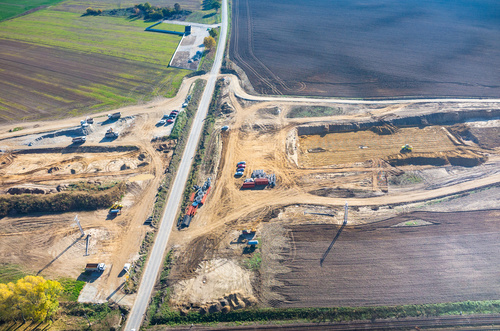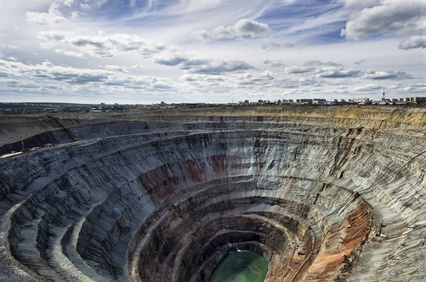
Most of the UK's quarry operators, plus their consultants rely upon LSS for modelling, design and planning. Its relatively low cost allows these organisations to provide a copy for every surveyor and geologist, rather than having to rely upon just a few copies of a dedicated mining package. Similarly, a large number of Civil Engineering contractors use LSS for site surveys, temporary works designs and volumes in addition to setting-out and export to machine control. And in all of these cases, the fact that LSS is completely standalone and doesn't rely upon an expensive CAD package to operate, not only makes it more cost effective, but capable of running on almost any Windows PC.
For the most frequently performed tasks, such as excavation designs and quarry designs, we have wizard-based commands such as 'Sidewall' which is capable of designing a slope between two models, taking into account cut and fill. We also have advanced options, such as 'Template Design' which allows the user to create complex profile designs and then apply them to the DTM. It even closes designs and mitres corners if required.
Import a base DTM from a design or original site survey
Design excavations using the Sidewall wizard, or user-scripted Template to achieve the desired result
Calculate volumes between Original and Design and above and below a third model, such as rockhead
If settlement of material is expectected then a bulking factor can be included in the design
Formation levels can be determined from finished design levels
The design can then be exported for use on Machine Control systems

At the heart of LSS is an interactive design interface. The user works with the design graphically and in 3D and while most functions use the standard LSS wizard menu-based approach, the more specialist earthworks design tasks may be achieved easily and efficiently using simple template scripts. Sidewall design is the most commonly used tool in open pit design. Simple, plain English menu options guide the user through the design task and allow complete control over slope height and width, bench width, mitreing of corners and the choice of where the design should begin and end - from any combination of to/from datum, tilted plane or 3D model. Once complete, the pit design may be compared with the original model and volumes determined, then pasted into the original model to produce a combined 'finished' model.